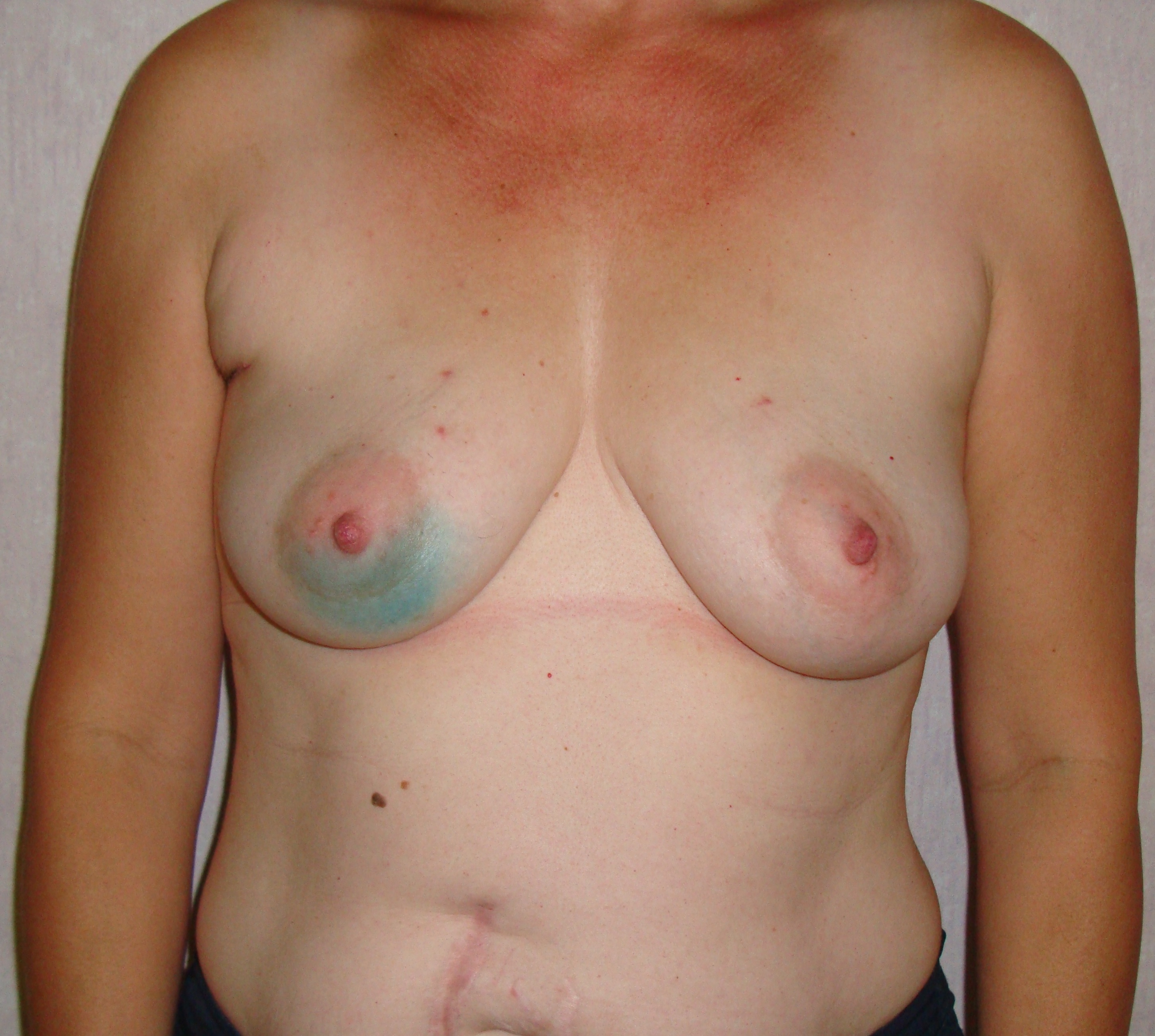Breast Cancer Surgery
If you are unfortunate enough to have been diagnosed with breast cancer, I offer a full range of breast surgical operations to treat the cancer.
Initially the diagnosis is made by taking a history of your symptoms and examining your breasts followed by a potential range of breast imaging investigations which may include mammogram, ultrasound and MRI scanning.
These investigations are followed by the biopsy of any abnormal areas found on examination or imaging.
If a diagnosis of breast cancer is made, you would normally be treated with surgery initially. All decisions, as to the best way to treat you, are made in conjunction with a specialist breast oncologist and radiologist.
The breast cancer surgery options under my care are:
Breast Surgery
Wide Local Excision (also known as lumpectomy) is the removal of a breast cancer with surrounding normal breast tissue. This will need to be followed by radiotherapy to the breast. This is often combined with internal remodeling of the breast tissue to close the breast defect giving a better long term cosmetic outcome in most patients.
Mastectomy is the removal of the breast and may be the most appropriate surgical option for larger cancers.
Therapeutic Mammoplasty is a technique that combines removal of the breast cancer with internal rearrangement of the remaining breast tissue and movement of the nipple. This technique is most suitable for moderate to large breasted women as it can combine removal of the cancer with a breast reduction.
Breast reconstruction can be carried out at the time of a mastectomy or at any point in time following breast cancer treatment. The timing of reconstruction will depend on many factors including the likelihood of needing radiotherapy to the chest wall after surgery.
 Before
BeforeAxillary Surgery
Axillary surgery is performed at the same time as the breast surgery to detect and treat patients with breast cancer in their axillary lymph glands (in the armpit). The following options are offered:
Sentinel Node Biopsy involves the directed removal of a small number of lymph glands from the axilla in order to establish whether the breast cancer has spread to the glands. This avoids the higher risk of post-operative arm swelling (lymphoedema) associated with performimg an axillary node clearance.
Axillary node clearance involves the removal of all the lymph glands in the axilla. It is usually carried out in patients who are known to have a spread of the breast cancer to the lymph glands.
Ask us a Question
Ask us a Question
Call us on 07885 264163 to speak to one of our friendly members of staff, or complete the form below and we will email you back as soon as possible.




